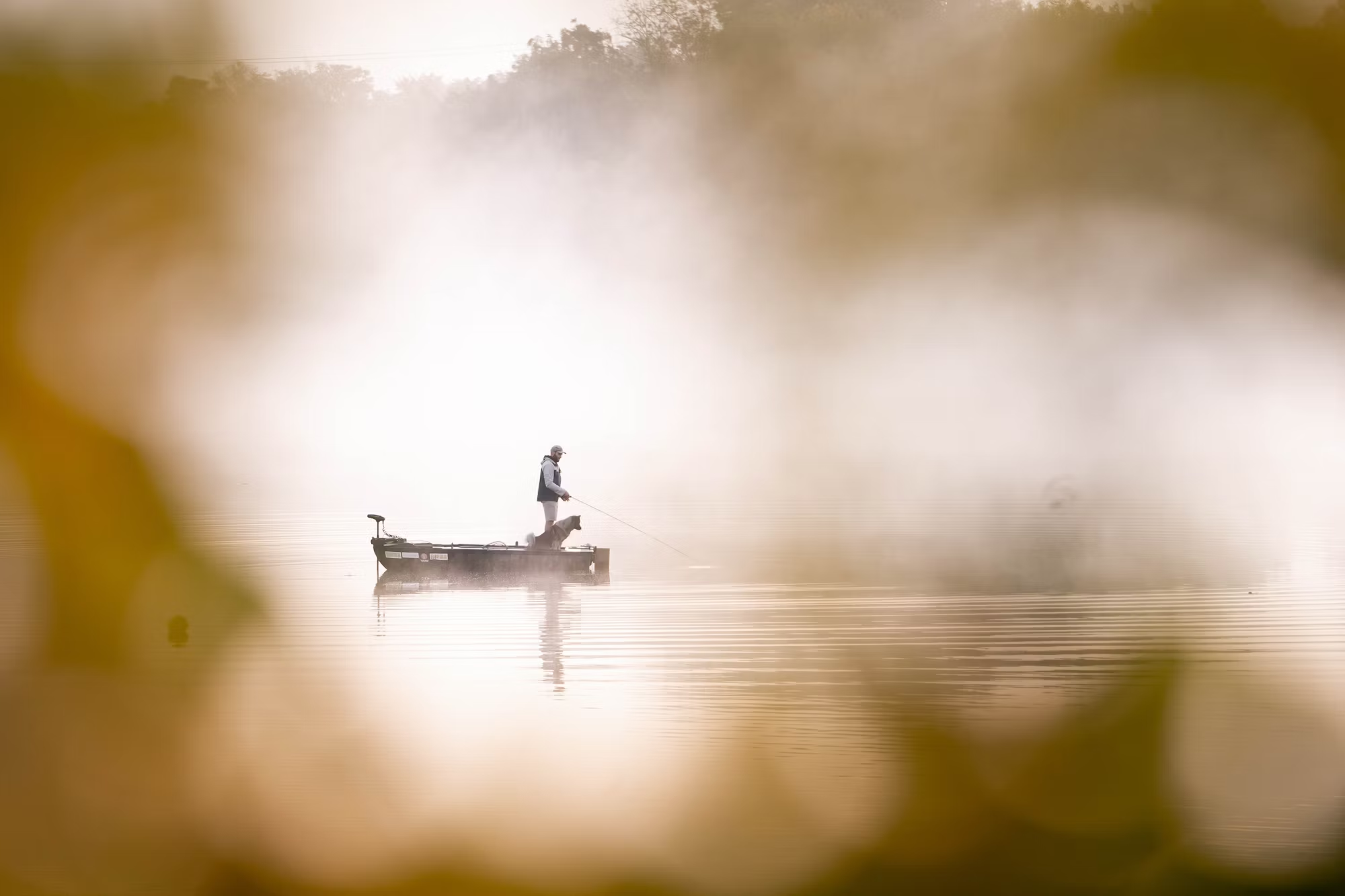Exploring the World of Fly Fishing: Techniques and Insights
Fly fishing is a unique and rewarding sport that combines artistry, skill, and a deep connection to nature. Unlike traditional fishing methods that rely on bait and weights, fly fishing uses lightweight artificial flies designed to imitate insects or baitfish. This method not only requires specialized gear but also a thorough understanding of fish behavior and aquatic ecosystems. In this article, we will explore the fundamentals of fly fishing, including techniques, equipment, and strategies to enhance your fishing experience.
Understanding the Basics of Fly Fishing starts with familiarizing yourself with the various components of the sport. A typical fly fishing setup includes a fly rod, reel, line, and, of course, the flies themselves. The choice of rod length and action depends on the type of water and species you aim to catch. For instance, longer rods are ideal for casting in large rivers, while shorter rods are often preferred for small streams and tight spaces.
Choosing the Right Reel is equally important. Fly reels come in various sizes, matched to the line weight of your rod. While the reel’s primary function is to store line, it also plays a critical role in controlling fish during the fight. Understanding how to properly maintain your reel ensures its longevity and reliability during fishing trips.
When it comes to fly line, it’s important to choose the correct type for your specific fishing conditions. Floating lines are commonly used for surface fishing, while sinking lines can be effective for deeper water. Intermediate lines, which sink slowly, provide versatility in various conditions. Selecting the right line weight is crucial for achieving optimal casting distance and accuracy.
Selecting Flies is perhaps one of the most exciting aspects of fly fishing. Flies can be divided into two main categories: dry flies and wet flies. Dry flies are designed to float on the surface and imitate insects, while wet flies sink beneath the surface and mimic nymphs or baitfish. Understanding the life cycle of aquatic insects can greatly enhance your success on the water. Matching the hatch—using a fly that resembles the prevalent insects in the area—is a common strategy among experienced anglers.
Before heading out, it’s essential to research your fishing location. Different bodies of water harbor various fish species, each with specific feeding habits and preferences. Popular targets for fly fishermen include trout, bass, and panfish. Understanding the behavior of these species in different seasons and weather conditions can significantly improve your chances of success. Many anglers find it beneficial to consult local fishing reports or join online forums to gain insights into current conditions and effective techniques.
Once you arrive at your fishing spot, it’s time to master the casting techniques essential for fly fishing. The most common cast is the overhead cast, which involves lifting the rod and flicking the wrist to send the line forward. Practicing your casting skills on land before hitting the water can build confidence and improve accuracy. Other useful casts include the roll cast and sidearm cast, which can help navigate obstacles like trees or bushes.
Reading the Water is another vital skill for fly fishing. Understanding where fish are likely to be located based on the structure of the water can greatly enhance your fishing strategy. Look for areas with current, such as seams or eddies, where fish often gather to feed. Additionally, pay attention to water temperature and clarity, as these factors influence fish behavior. Observing the surface for rising fish or insect activity can also provide valuable clues.
Presentation is key in fly fishing. The way you present your fly can make all the difference in enticing a fish to strike. When using dry flies, aim for a gentle landing on the water’s surface to avoid spooking fish. For wet flies, a slow retrieve can mimic the movement of natural prey. Varying your retrieve speed and style can help determine what the fish prefer on any given day.
Once you’ve hooked a fish, knowing how to properly fight and land it is essential. Allow the fish to tire itself out before reeling it in, using the rod to absorb its runs. Avoid yanking the line, as this can cause the hook to dislodge. Once the fish is close enough, use a net to land it safely, ensuring minimal stress to the fish for a successful catch-and-release.
When it comes to catch-and-release practices, respecting the fish and their environment is paramount. Use barbless hooks whenever possible to minimize injury, and wet your hands before handling fish to protect their slime coat. If you plan to keep fish, be mindful of local regulations regarding size limits and bag limits to promote sustainability and conservation.
Engaging with the fly fishing community can also enhance your experience. Joining local clubs or participating in fishing workshops can provide valuable opportunities to learn from experienced anglers. Online communities and social media groups are excellent platforms for sharing tips, techniques, and stories, helping you to grow as an angler.
In conclusion, fly fishing is not just about catching fish; it’s about embracing the serenity of nature and the art of the craft. By mastering the essential techniques, understanding the equipment, and honing your skills, you can create memorable fishing experiences. Whether you’re a beginner or an experienced angler, each outing presents an opportunity to learn and connect with the environment. As you embark on your fly fishing journey, may you find joy in every cast and appreciate the beauty of the waters you explore. Happy fishing!
